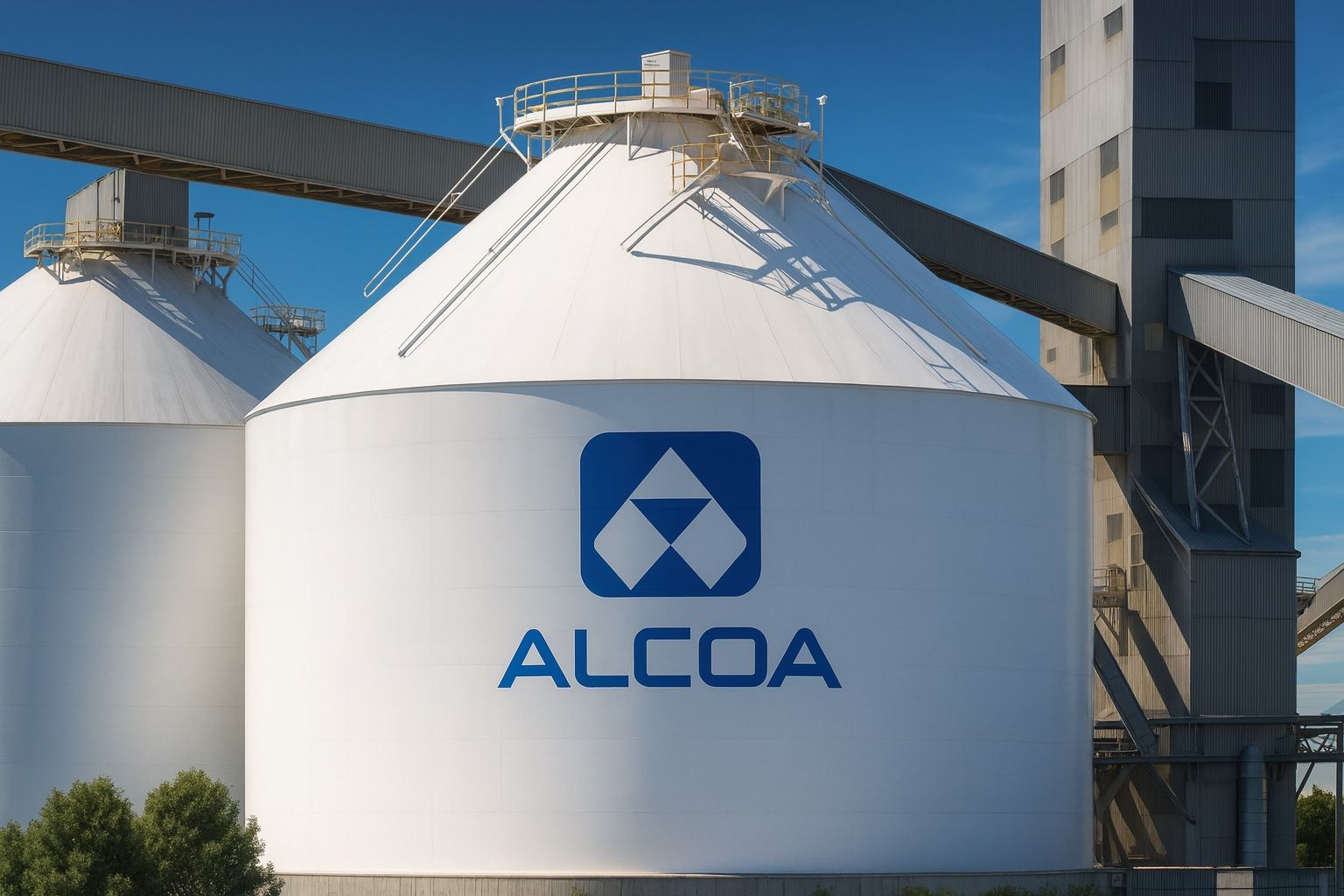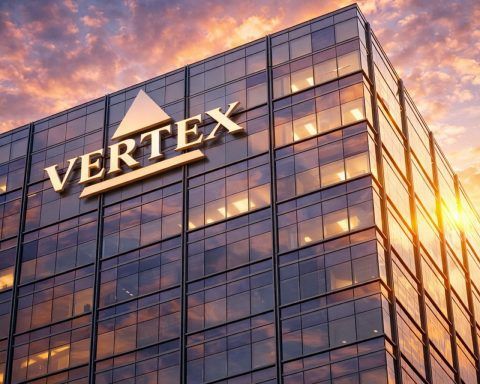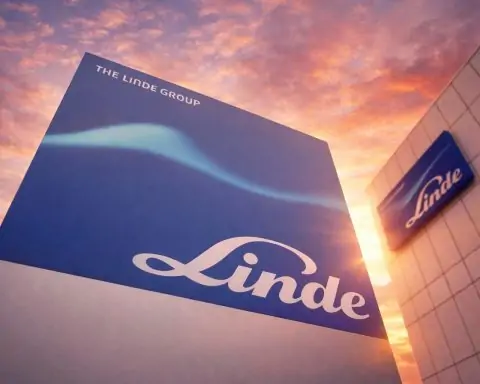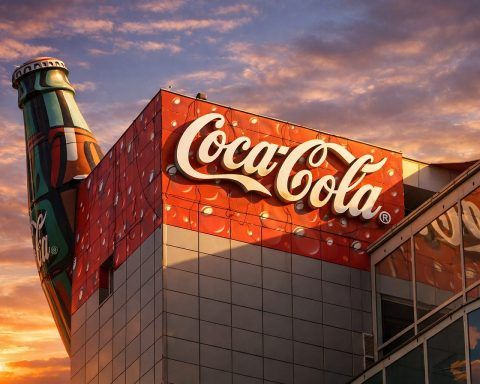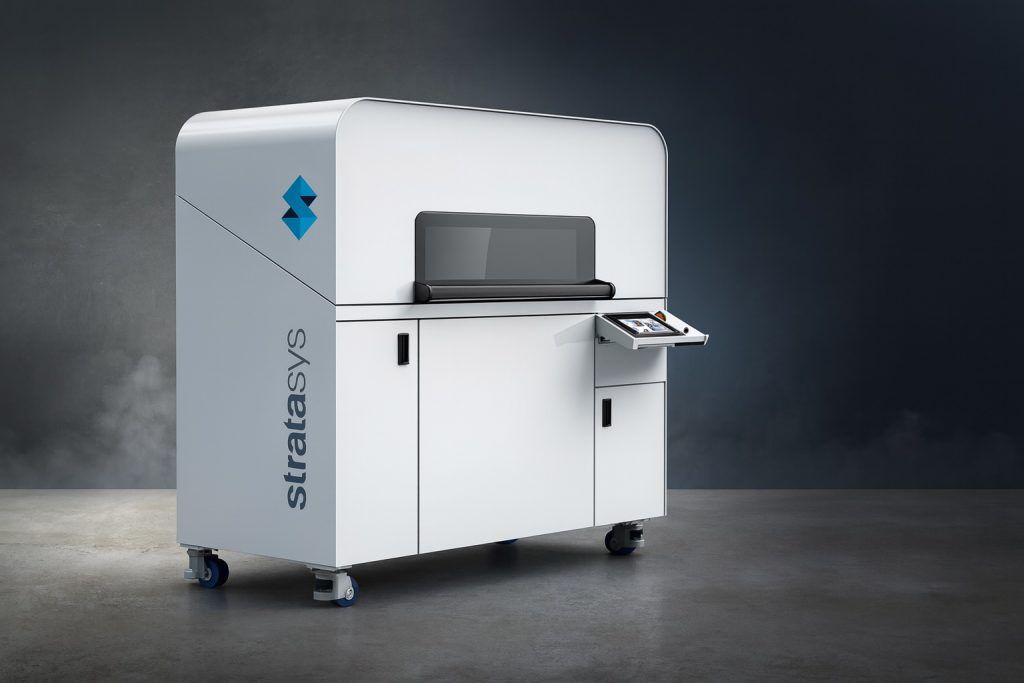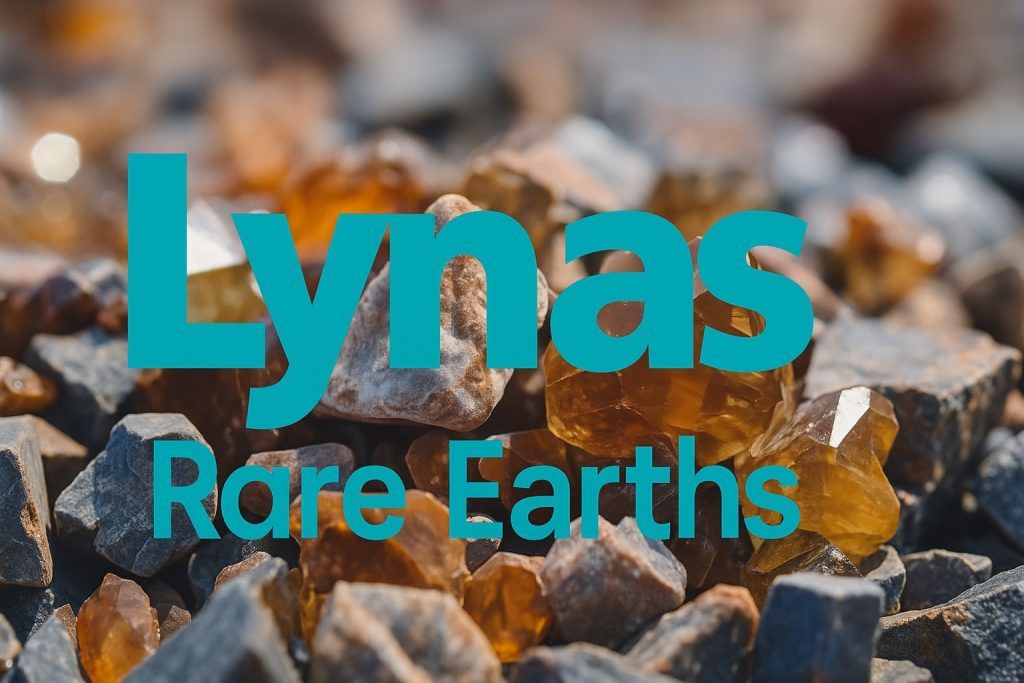- Price: AA shares trade in the high-$30s (latest closing ~$37.13) [1].
- Analyst targets: Views vary widely – one note cites analysts’ 12-month targets spanning about $42–$65 (avg ~$53.6) [2]. By comparison, consensus price targets are around low-$40s (~$42.3) [3]. Notably, HSBC maintained its “Buy” rating in mid-Oct [4], and B. Riley recently lifted its 12-month target to $40 (implying ~29% upside) [5].
- Government support: The US and Australian governments just backed Alcoa’s new gallium plant (co-located at its Wagerup alumina refinery) [6]. Gallium (critical for semiconductors and defense) is expected to be ~100 metric tons/year from this plant [7]. CEO Bill Oplinger hailed it as “progressing a new source of gallium” for vital industries [8].
- Upcoming catalysts: Alcoa will host an Investor Day on Oct. 30 at the NYSE to discuss markets, operations, and strategy [9]. (A slide deck will be published before the event [10].) Investors will watch how new projects and cost trends fit into Alcoa’s growth plan.
- Tariffs & costs: US aluminum tariffs remain a headwind. Alcoa warned these duties could shave roughly $90M off Q3 (July–Sept) results [11]. Oplinger notes tariffs “can change very quickly” and ultimately “put pressure on our customers” [12]. He also cites high US energy costs as a deterrent to new domestic investments [13].
Alcoa’s stock story is a mix of bullish projects and market risks. The recent government-backed gallium plant (critical mineral for tech and defense) is a major positive, potentially diversifying Alcoa’s business beyond aluminium. Yet the industry is grappling with high US tariffs and costs. Below we break down these developments and what analysts are saying.
Government support and the new Gallium project
On Oct. 20, Alcoa announced that US and Australian agencies will provide funding for a joint venture to build a gallium plant at Alcoa’s Wagerup alumina refinery in Western Australia [14]. In August Alcoa and a Japanese-US-Australian venture (JAGA) had signed a joint development agreement for the project, and now all three governments are formally on board [15]. Once built (targeting a final investment decision in 2026), the plant would produce about 100 metric tons of gallium annually [16]. Gallium – a metal found in bauxite – is a critical mineral used in semiconductors, solar cells, and defense technologies. Securing an alternative Western supply is a strategic goal for all partners.
Alcoa CEO Bill Oplinger underscored the importance of this move. He said the government support “underscores Alcoa’s role in supporting the development of the critical mineral supply chain” and the project represents “progressing a new source of gallium” [17]. In other words, Alcoa isn’t just an aluminium producer; it’s positioning itself in newer, high-tech markets. Analysts view this as a long-term positive. As one market commentator notes, Alcoa is “turning raw potential into real progress” – exactly the kind of innovation events likely to be highlighted at the upcoming Investor Day [18] [19].
Analysts: ratings, price targets and valuation
Analyst opinions on AA are currently mixed. A Nasdaq-hosted summary reported that as of Sept 30 the average one-year price target among brokers was $35.46 (range $27.27–$44.10), vs. the then-$37.13 stock price [20]. In mid-October, HSBC kept its Buy rating on AA [21], signaling confidence. On the bullish side, equity research firm B. Riley just raised its 12-month target to $40.00 (up from $38) [22] – implying roughly +29% upside from current levels. At least six analyst firms have Buy ratings on AA [23]. Conversely, some are more cautious: the current MarketBeat data show 6 Buys, 4 Holds and 1 Sell, with an average consensus target around $42.27 [24].
A short-term trading note from TS2.tech (citing Zacks data) even pointed out that in mid-October Alcoa was trading just above its analysts’ average target ($53.62) [25] – illustrating how far apart the forecasts can be. (To be clear, TS2’s $53 price seems well above other sources; it may use a different data point. Most real-time quotes show AA in the high-$30s.)
In sum, price targets cluster in the mid-$30s to low-$40s. Seeking Alpha’s Michael Del Monte notes that AA still trades at a discount to its historical valuation multiples (e.g. EV/EBITDA), suggesting room to run if fundamentals improve [26]. Investors should watch for the earnings report (due Oct. 22) and commentary: Zacks expects Q3 EPS around –$0.07 (reflecting tariff costs) on ~$3.02B sales [27]. If Alcoa can inch above breakeven and revenue holds up, analysts may inch higher again.
Tariffs, costs and industry trends
A major wildcard is the US tariff on aluminum (now 50%). Alcoa has been outspoken that these duties distort markets. In a Sept. interview, Oplinger emphasized that tariffs “can change very quickly, and therefore we don’t make an investment in the US based on a tariff” [28]. In practice, Alcoa is diverting more Canadian output to other markets rather than sell into the high-tariff US. As an Argus Metals report notes, Alcoa rerouted Canadian aluminum away from the US in Q2 and estimated ~$90 million in tariff costs for Q3 [29]. (For perspective, Simply Wall St has calculated that removing the current tariff could boost Alcoa’s annual earnings by roughly $400 million [30].)
Oplinger also points to costs beyond tariffs. He warned that soaring US power prices (tied to energy demands for AI and data centers) make new mining/refining projects uneconomic domestically [31]. In short, Alcoa faces a two-tier world: high-cost, high-priced US markets versus lower-cost foreign operations. These pressures led Alcoa to close its Kwinana alumina refinery in Australia (announced Sept. 30) and take a large restructuring charge. While painful, these moves free up cash (now ~$1.5B on the balance sheet) to weather volatility.
On the demand side, global aluminum markets are tightening. Supply from China remains controlled, and demand from EVs and wind turbines is growing. If primary aluminum prices (e.g. Midwest Premium) hold in the $2,600–2,800/ton range or higher, Alcoa’s profit margins should improve. That said, any signs of slowing demand (or escalated trade skirmishes) could keep pressure on AA.
Upcoming catalysts and outlook
Investors will watch a few near-term events. On Oct. 22 (after market close), Alcoa reports Q3 results and holds a conference call [32]. Analysts will dissect the mix – are aluminium shipments recovering? Did tariff costs match expectations? Concurrently, on Oct. 30 Alcoa holds its Investor Day in New York [33]. Management has said the agenda will cover market outlook, strategy, technology and capital allocation [34]. This should reveal how projects like the gallium plant and any refinery restarts fit into the long-term plan.
In terms of stock forecast, most analysts see moderate upside from current levels. For example, MarketBeat’s consensus ~$42 target [35] and B. Riley’s $40 suggest +10–30%. If tariffs ease (or if Alcoa finds cost savings), upside could surprise to the high side. However, if tariffs persist or if general metal prices fall, the stock could retreat. Notably, the broad rating is near “Hold,” reflecting this uncertainty [36].
Bottom line: Alcoa’s share price will likely move on developments in both markets and strategy. On one hand, the gallium project and other growth initiatives provide fresh storylines – Oplinger is positioning Alcoa as a key player in critical minerals, which could justify a higher valuation [37]. On the other hand, the company is candid about tariffs and costs that may cap earnings in the near term [38] [39]. As one industry analyst put it, Alcoa is “navigating tariff challenges” by shifting production and refocusing costs, while standing to gain if aluminum prices firm [40] [41].
For investors on Google News/Discover, the verdict will come with October’s reports and any policy shifts. Watch for actual Q3 results and management commentary, as they will test the bullish forecasts. If global markets rally and trade barriers ease, AA stock could push back toward the $40+ analyst targets [42] [43]. But until then, Alcoa remains a cyclicals play – one that’s stirring interest for its new gallium venture and ongoing cost-cutting measures, even as tariff clouds linger [44] [45].
Sources: Latest Alcoa press releases and financial reports [46] [47]; analyst commentary and news (Nasdaq, MarketBeat, Seeking Alpha, TS2.tech, etc.) [48] [49] [50] [51] [52]. All forecasts and targets are as reported by analysts.
References
1. www.nasdaq.com, 2. ts2.tech, 3. www.marketbeat.com, 4. www.nasdaq.com, 5. www.marketbeat.com, 6. news.alcoa.com, 7. news.alcoa.com, 8. news.alcoa.com, 9. news.alcoa.com, 10. news.alcoa.com, 11. www.argusmedia.com, 12. www.semafor.com, 13. www.semafor.com, 14. news.alcoa.com, 15. news.alcoa.com, 16. news.alcoa.com, 17. news.alcoa.com, 18. news.alcoa.com, 19. news.alcoa.com, 20. www.nasdaq.com, 21. www.nasdaq.com, 22. www.marketbeat.com, 23. www.marketbeat.com, 24. www.marketbeat.com, 25. ts2.tech, 26. seekingalpha.com, 27. www.nasdaq.com, 28. www.semafor.com, 29. www.argusmedia.com, 30. simplywall.st, 31. www.semafor.com, 32. news.alcoa.com, 33. news.alcoa.com, 34. news.alcoa.com, 35. www.marketbeat.com, 36. www.marketbeat.com, 37. news.alcoa.com, 38. www.semafor.com, 39. www.argusmedia.com, 40. simplywall.st, 41. seekingalpha.com, 42. www.marketbeat.com, 43. www.marketbeat.com, 44. news.alcoa.com, 45. www.semafor.com, 46. news.alcoa.com, 47. news.alcoa.com, 48. www.nasdaq.com, 49. www.marketbeat.com, 50. seekingalpha.com, 51. ts2.tech, 52. www.semafor.com
